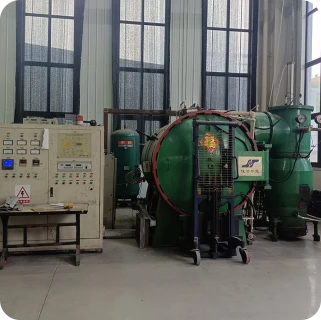
- Afrikaans
- Albanian
- Amharic
- Arabic
- Armenian
- Azerbaijani
- Basque
- Belarusian
- Bengali
- Bosnian
- Bulgarian
- Catalan
- Cebuano
- China
- China (Taiwan)
- Corsican
- Croatian
- Czech
- Danish
- Dutch
- English
- Esperanto
- Estonian
- Finnish
- French
- Frisian
- Galician
- Georgian
- German
- Greek
- Gujarati
- Haitian Creole
- hausa
- hawaiian
- Hebrew
- Hindi
- Miao
- Indonesian
- Italian
- Japanese
- Javanese
- Malay
- Persian
- Portuguese
- Punjabi
- Russian
- Spanish
- Swahili
- Telugu
- Vietnamese

Feb . 02, 2025 02:57
Back to list
emi honeycomb
EMI ventilation panels have become an indispensable component in the tech industry, ensuring that electronic devices operate seamlessly without interference. These panels are designed to shield sensitive electronic equipment from electromagnetic interference (EMI), thereby enhancing performance and reliability. Their importance cannot be overstated, given the increasing density of electronic devices and systems operating in close proximity.
Industrial settings also benefit significantly from EMI ventilation panels. Factories now use more automated systems that rely on precise electronic controls. EMI-induced disruptions can result in costly downtimes. However, the installation of reliable EMI ventilation solutions has proven to reduce interference-related shutdowns, boosting productivity and profitability. Moreover, the expertise in customizing EMI panels to fit various designs and applications speaks volumes about the industry’s capability to innovate. Whether it’s fitting into the compact enclosures of wearable tech or the robust cases of automotive electronics, customization ensures that no device is left without optimal protection. In terms of trustworthiness, manufacturers offering EMI ventilation panels often provide compliance testing and certification services to assure clients of product efficacy. Partnering with these reputable companies not only guarantees performance but also aligns with sustainable practices, as many panels are designed using eco-friendly processes and materials. In summary, EMI ventilation panels are a testament to the intersection of technology and industry standards. Their role in safeguarding electronic devices against interference is irrefutable, reflected in both customer satisfaction and industry recognition. As technological advancements continue to accelerate, the integration of EMI panels will undoubtedly expand, driven by the need for superior performance, expertise, and the ever-important trust of users worldwide.


Industrial settings also benefit significantly from EMI ventilation panels. Factories now use more automated systems that rely on precise electronic controls. EMI-induced disruptions can result in costly downtimes. However, the installation of reliable EMI ventilation solutions has proven to reduce interference-related shutdowns, boosting productivity and profitability. Moreover, the expertise in customizing EMI panels to fit various designs and applications speaks volumes about the industry’s capability to innovate. Whether it’s fitting into the compact enclosures of wearable tech or the robust cases of automotive electronics, customization ensures that no device is left without optimal protection. In terms of trustworthiness, manufacturers offering EMI ventilation panels often provide compliance testing and certification services to assure clients of product efficacy. Partnering with these reputable companies not only guarantees performance but also aligns with sustainable practices, as many panels are designed using eco-friendly processes and materials. In summary, EMI ventilation panels are a testament to the intersection of technology and industry standards. Their role in safeguarding electronic devices against interference is irrefutable, reflected in both customer satisfaction and industry recognition. As technological advancements continue to accelerate, the integration of EMI panels will undoubtedly expand, driven by the need for superior performance, expertise, and the ever-important trust of users worldwide.
Prev:
Next:
Products categories
Latest news
-
Why Vented Aluminum Honeycomb Is Leading the Way in Shielding and Ventilation SolutionsNewsJul.18,2025
-
Why Stainless Steel Honeycomb Panel is the Ultimate Choice for High-Tech Shielding and ProtectionNewsJul.18,2025
-
Why Honeycomb Strips Are Revolutionizing High-Speed Sealing SolutionsNewsJul.18,2025
-
Shielded Glass Innovation Powers the Future of Electromagnetic ProtectionNewsJul.18,2025
-
Precision Starts Here: Revolutionizing Airflow Control with Honeycomb Wind Tunnel SolutionsNewsJul.18,2025
-
Elevate Industrial Performance with Precision-Engineered Steel Honeycomb Core SolutionsNewsJul.18,2025
-
Vented Aluminum Honeycomb: A Smart Shield for Airflow and EMI ControlNewsJul.11,2025















